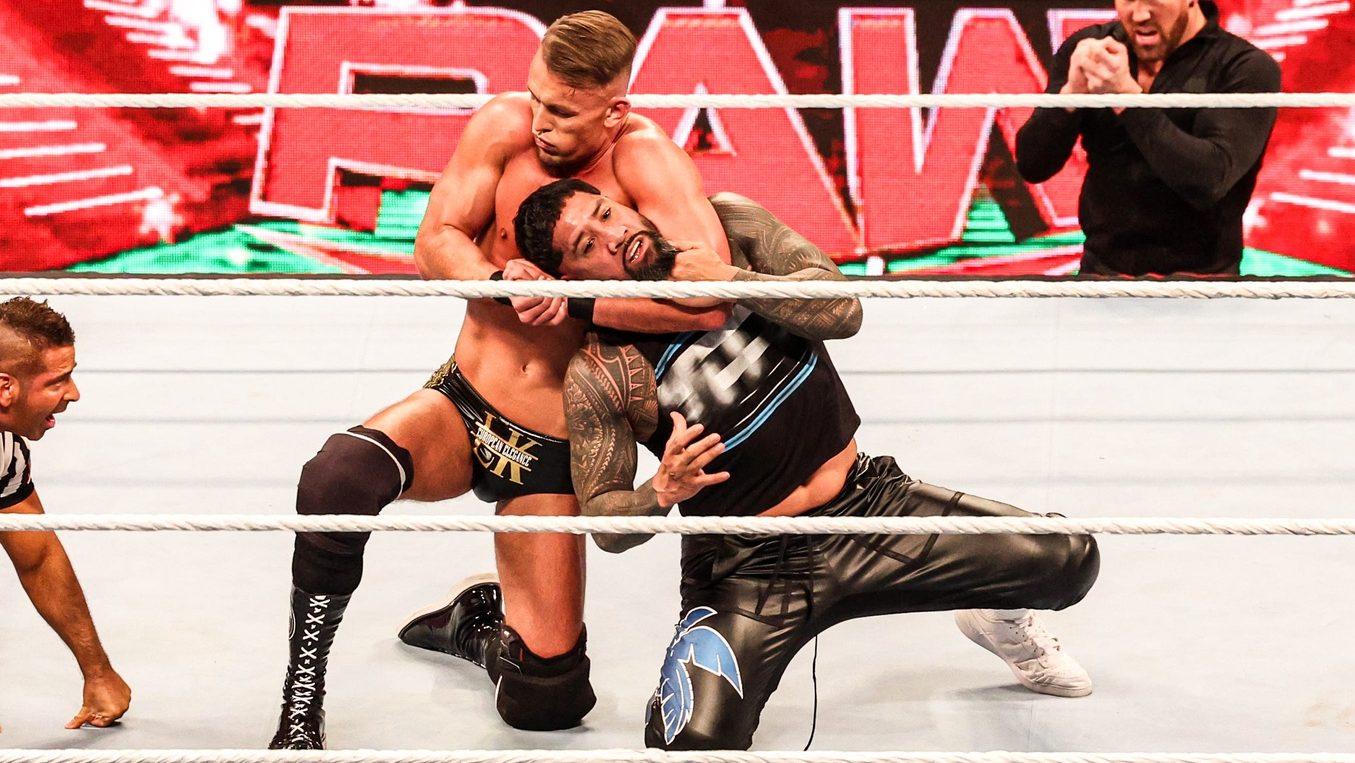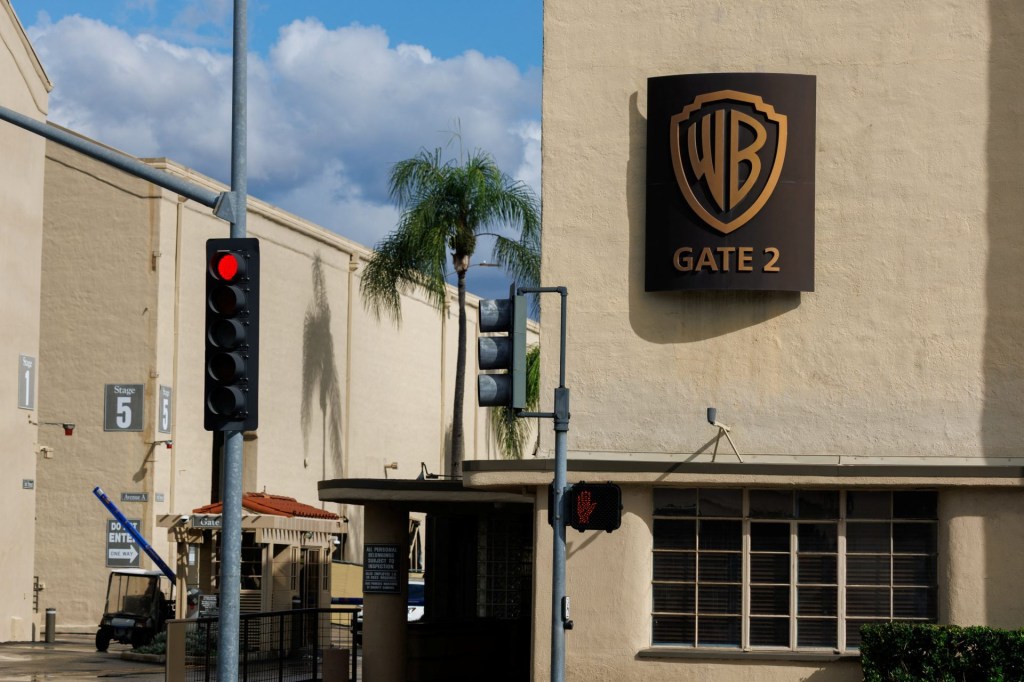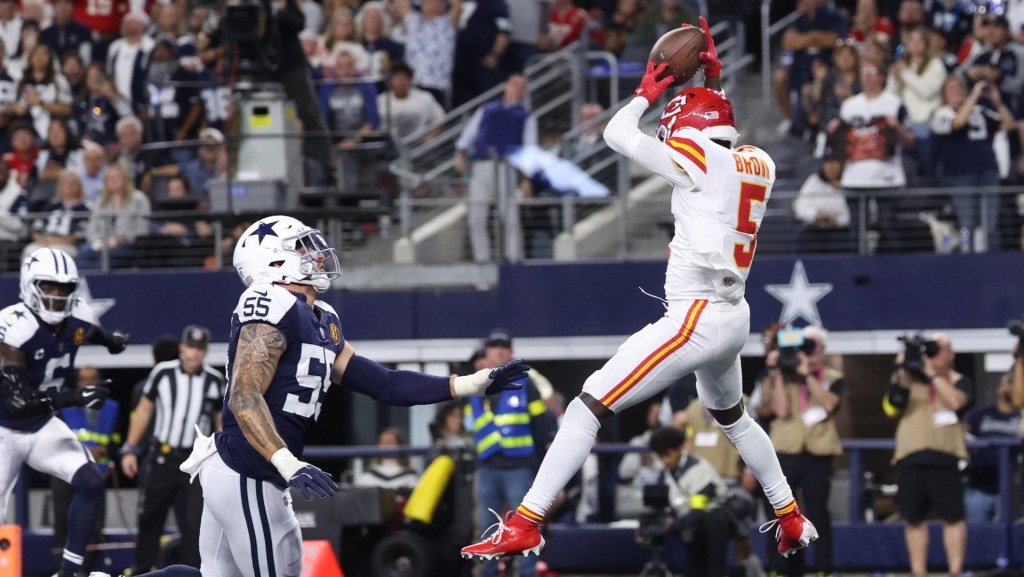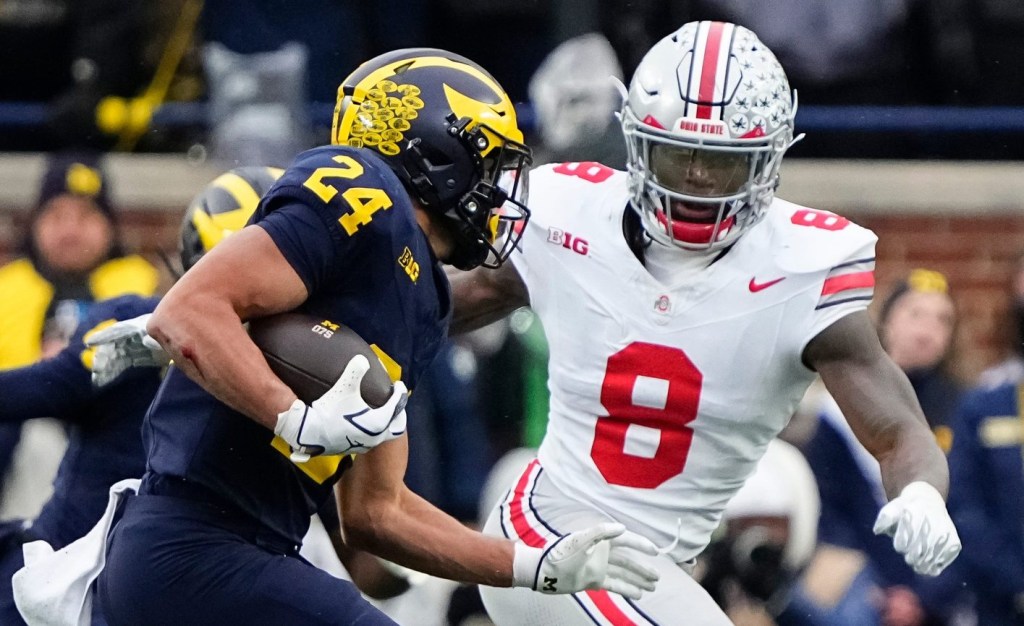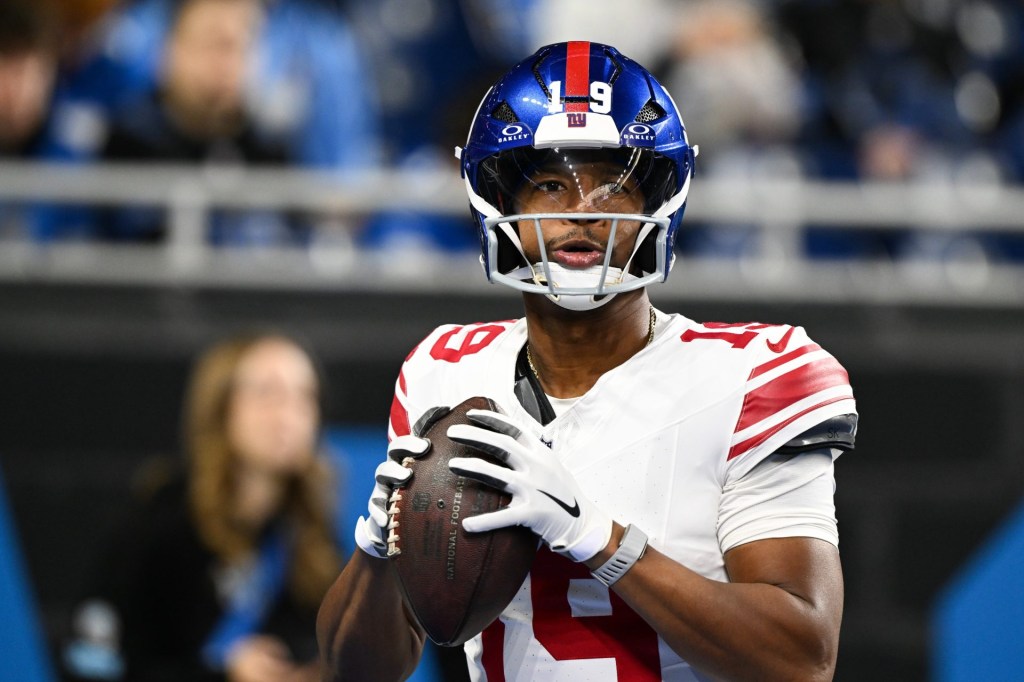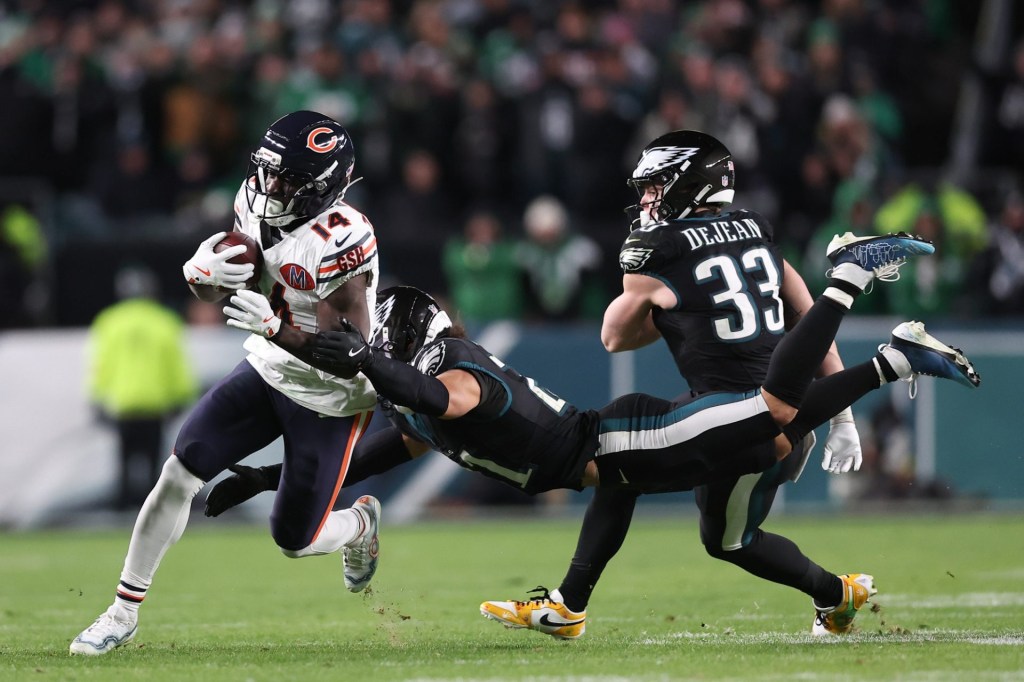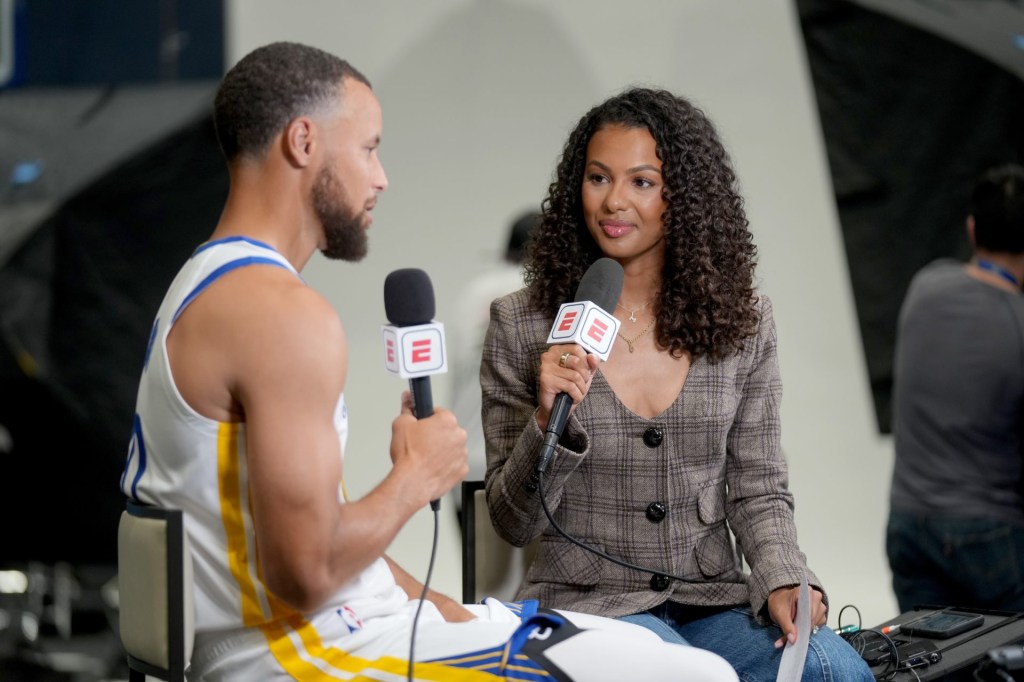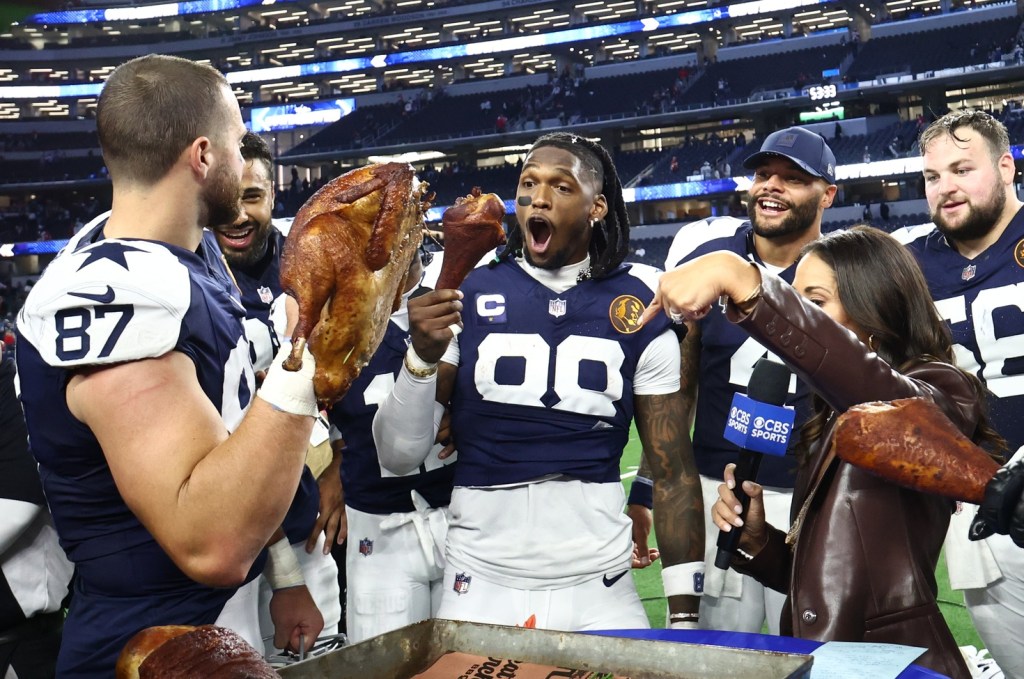Pro wrestling is one of the most polarizing sports products in the world, but the WWE may ultimately lay some groundwork for the future of sports consumption.
WWE’s flagship show Raw bid farewell to cable on Monday night after 31 years as it aired its final episode on the USA Network. Raw premieres on Netflix on Jan. 6, the first live show in a 10-year, $5 billion partnership the two sides announced in January, which was the streamer’s first live sports media-rights deal.
The deal includes the rights to stream WWE premium live events like WrestleMania and SummerSlam in several international markets. NBCU holds WWE PLE rights on Peacock in the U.S. until 2026 after a five-year, $1 billion deal signed in 2021—and the Wrestling Observer noted PLEs will likely move to Netflix when the deal expires.
Netflix has successfully dipped its toes in streaming tentpole live sporting events, including the Mike Tyson–Jake Paul bout and the Netflix Christmas games, and while the former suffered from significant buffering issues, both set viewership records.
With WWE Raw, Netflix can get its first taste of how to operate a weekly sports product without veering away from its core principles. Pro wrestling’s scripted nature keeps it classified as sports entertainment, in line with Netflix’s sports strategy, which has focused on documentaries.
“WWE Raw is sports entertainment, which is right in the sweet spot of our sports business, which is the drama of sport,” Netflix’s Co-Chief Executive Officer Ted Sarandos said in an earnings call in January.
The WWE deal could become the bellwether for Netflix acquiring other sports media rights that air with more consistency. Its biggest competitors like Amazon and Peacock have a head start with Thursday Night Football and the Premier League, respectively, but Netflix’s domestic and international reach—with over 280 million global subscribers and nearly 85 million in the U.S.—could be more enticing to sports leagues.
The WWE will not pull tens of millions of fans with regularity like the NFL does, but Raw viewership this year averaged about 1.6 million viewers—which puts it in the ballpark of nationally televised NBA and MLB games.
WWE’s Master Plan
The WWE’s deal with Netflix came as a surprise, not only because of Netflix’s prior reluctance to acquire live sports rights, but also because it came as the wrestling promotion dealt with controversies surrounding its founder, Vince McMahon.
However, the deal comes with some protection for both sides. It includes an opt-out clause in five years—which could be used in case the partnership is not working out—but also an extension clause for an additional 10 years, according to Variety.
The WWE is already investing heavily in its Netflix product next year. This time of year is usually when the company builds up to the Royal Rumble, but it was moved to February for the first time ever and its match bookings for the Raw premiere are similar to those of a PLE. Raw will also return to a three-hour show starting Jan. 6 after condensing to two hours earlier this year.
WWE also scheduled 16-time World Champion turned Hollywood star John Cena to return at the Netflix premiere—which will be held at the new Intuit Dome in Los Angeles—marking the beginning of his yearlong retirement tour from professional wrestling.
The WWE even opened a “transfer window” earlier this month that allows superstars to shuffle between Raw and its other flagship brand, SmackDown, which continues to air on USA Network, presumably to allow some of its biggest stars like Roman Reigns and Cody Rhodes to be available for the Netflix audience.
NFL Christmas Day Global Viewership
Days after Netflix announced a streaming record for its Christmas NFL games, the streamer announced its global average minute audience (AMA). The first game between the Chiefs and Steelers drew 30 million while the second game between the Ravens and Texans averaged 31.3 million viewers. Both gained a little more than 4 million U.S. viewers.
The lift in global viewership pales in comparison to the Tyson–Paul fight, which Netflix said had 108 million concurrent streams worldwide to a 38 million average in the U.S., highlighting the gap in popularity between the domestic and international popularity of the NFL.
